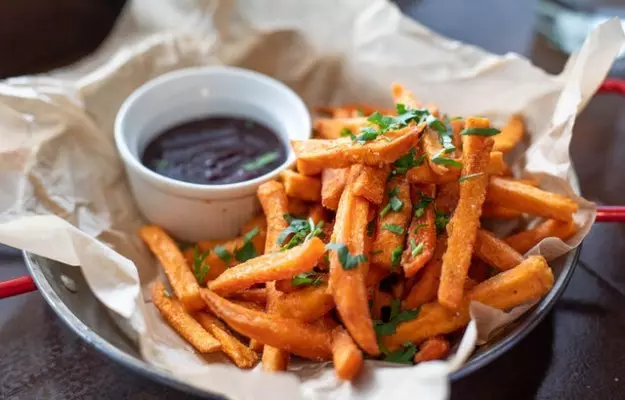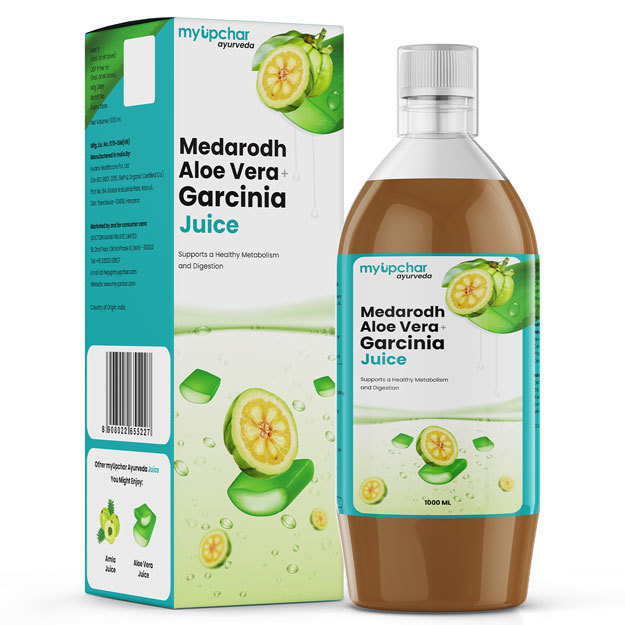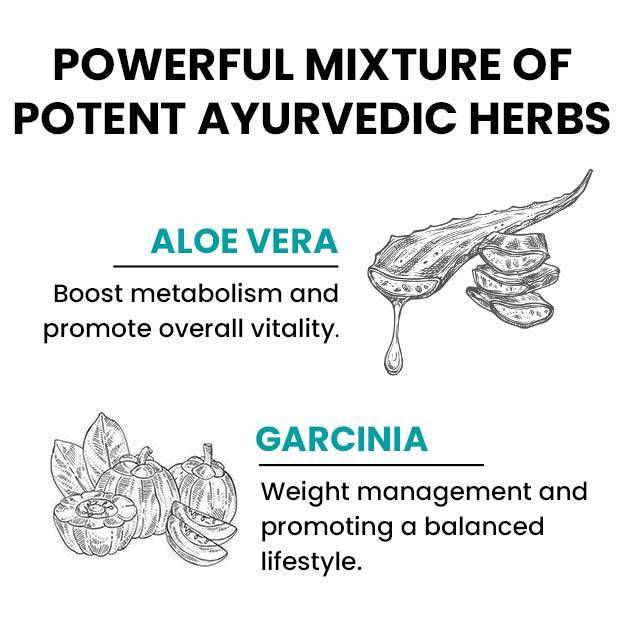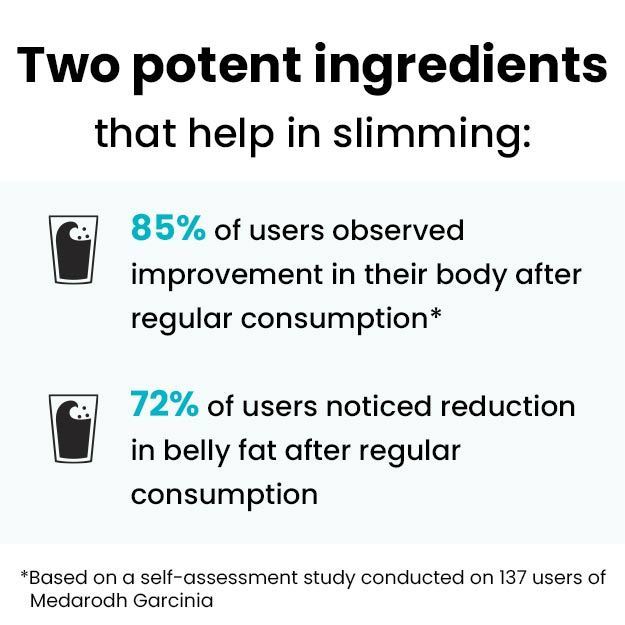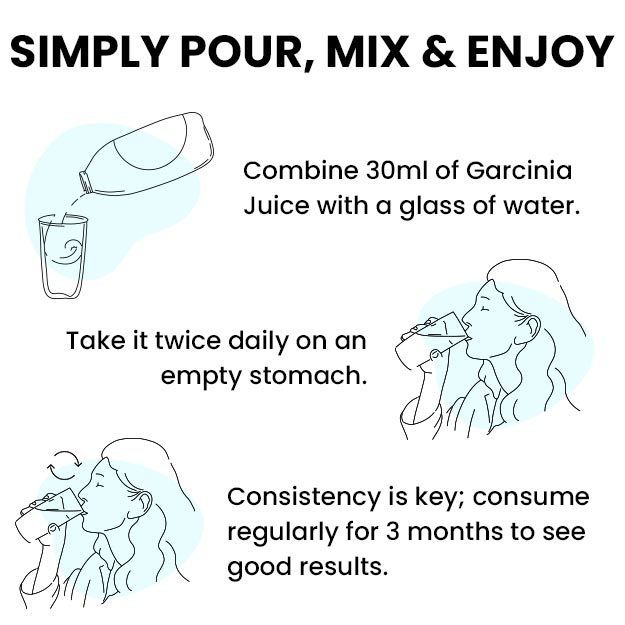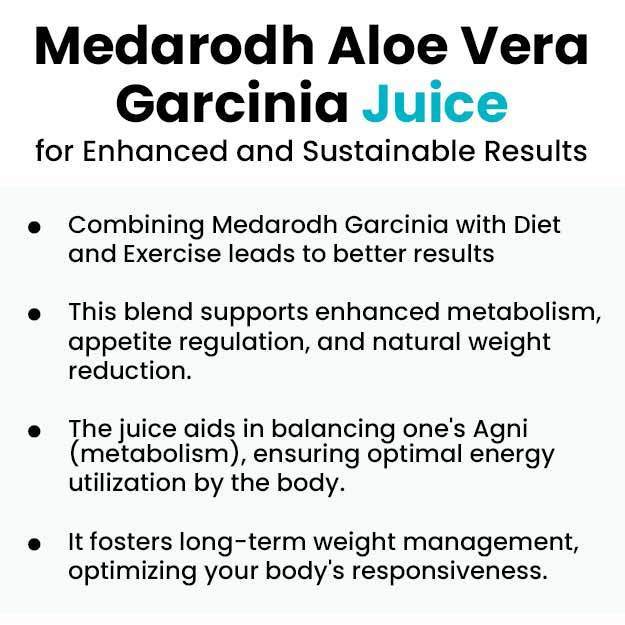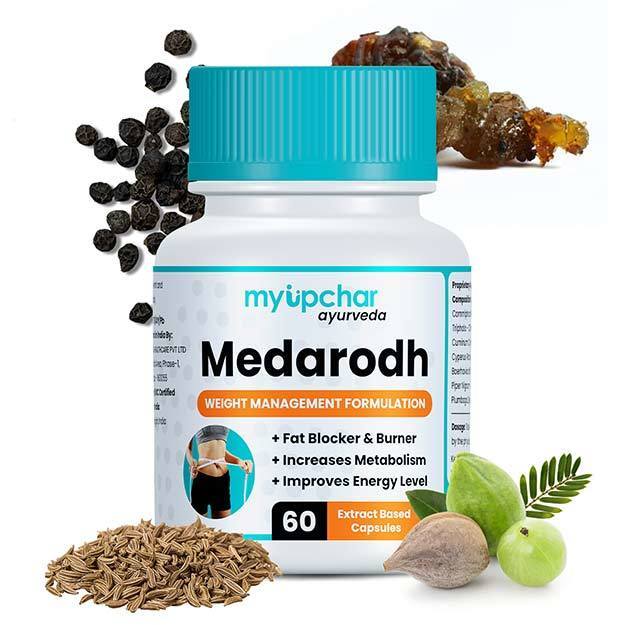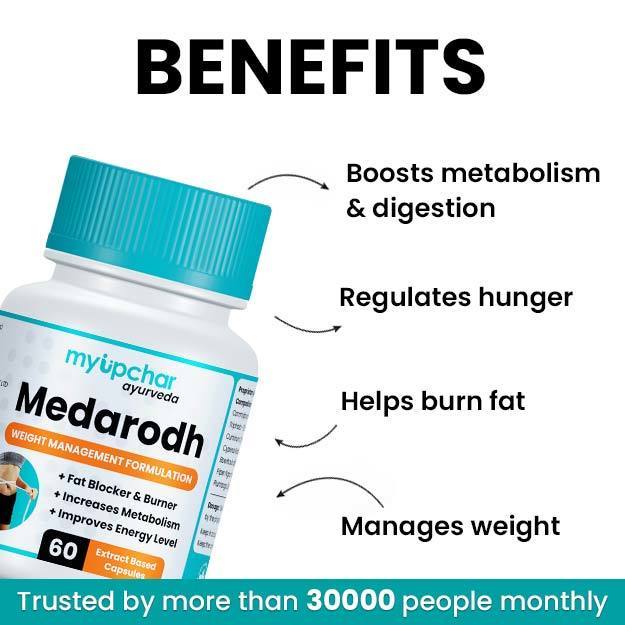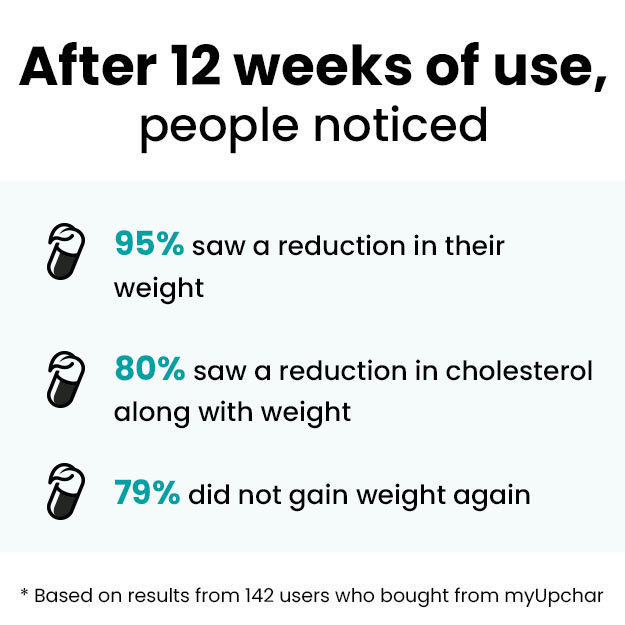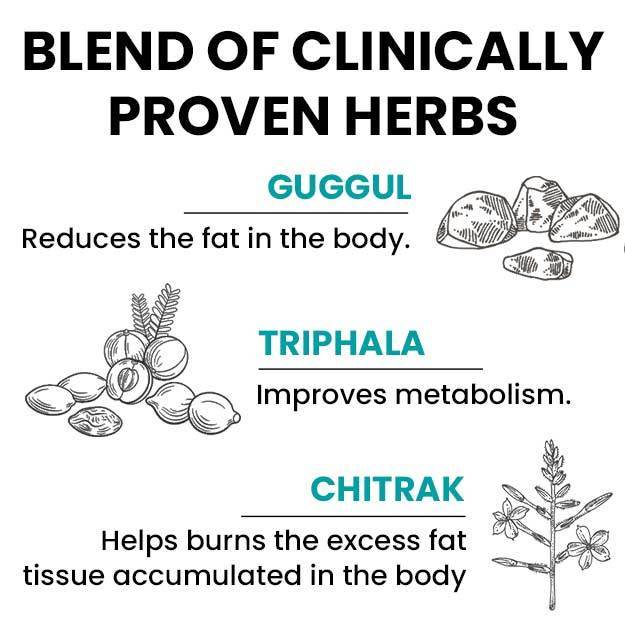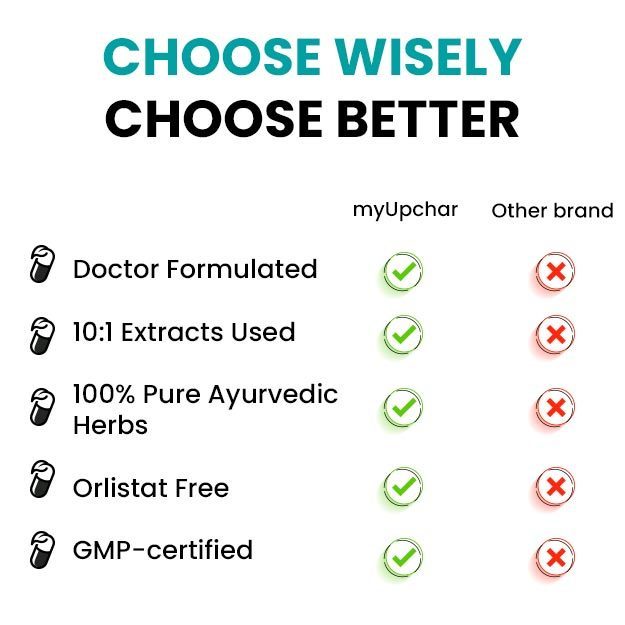Excess fat in the body is never a good thing, but this is especially true for belly fat. This is not because belly fat looks bad, though that is the reason why many focus on weight loss in the first place. This is because when it comes to fat deposits, location matters, and abdominal fat deposits are the worst of the lot.
For most people, 90% of fat deposits are subcutaneous - meaning that the fat lies in a layer just below the skin. Subcutaneous fat feels soft and is comparatively easy to lose. The remaining 10% of your body fat, on the other hand, lies out of reach, way beneath the skin. This type of fat is known as visceral fat, and it lies in the spaces between the abdominal organs like the stomach and liver and in front of the intestines in a sort of protective apron called omentum.
Here is the complete detail about foods to lose weight.
Before the 1990s, it was believed that fat deposits wait passively to be deployed when the body needs energy. But since the 1990s, the international scientific community has discovered that fat cells work like endocrine organs do—meaning that they secrete hormones and other molecules that can have far-reaching effects on the body.
Now, it’s well-known that visceral fat deposits not only increase cholesterol production by releasing free fatty acids into the bloodstream and liver, but also trigger cytokine and angiotensin production in the body. Higher levels of cytokines and angiotensin peptides in the body can cause multiple diseases, including hypertension, heart disease, stroke, and chronic diseases.
It is therefore of the utmost importance that you take your belly fat seriously, and try every method you can to lose it. Losing belly fat is impossible without managing your diet. Here’s everything you need to know about the foods as well as food habits you need to cut back on to lose belly fat.
(Read More - Ayurvedic treatment for Obesity)

